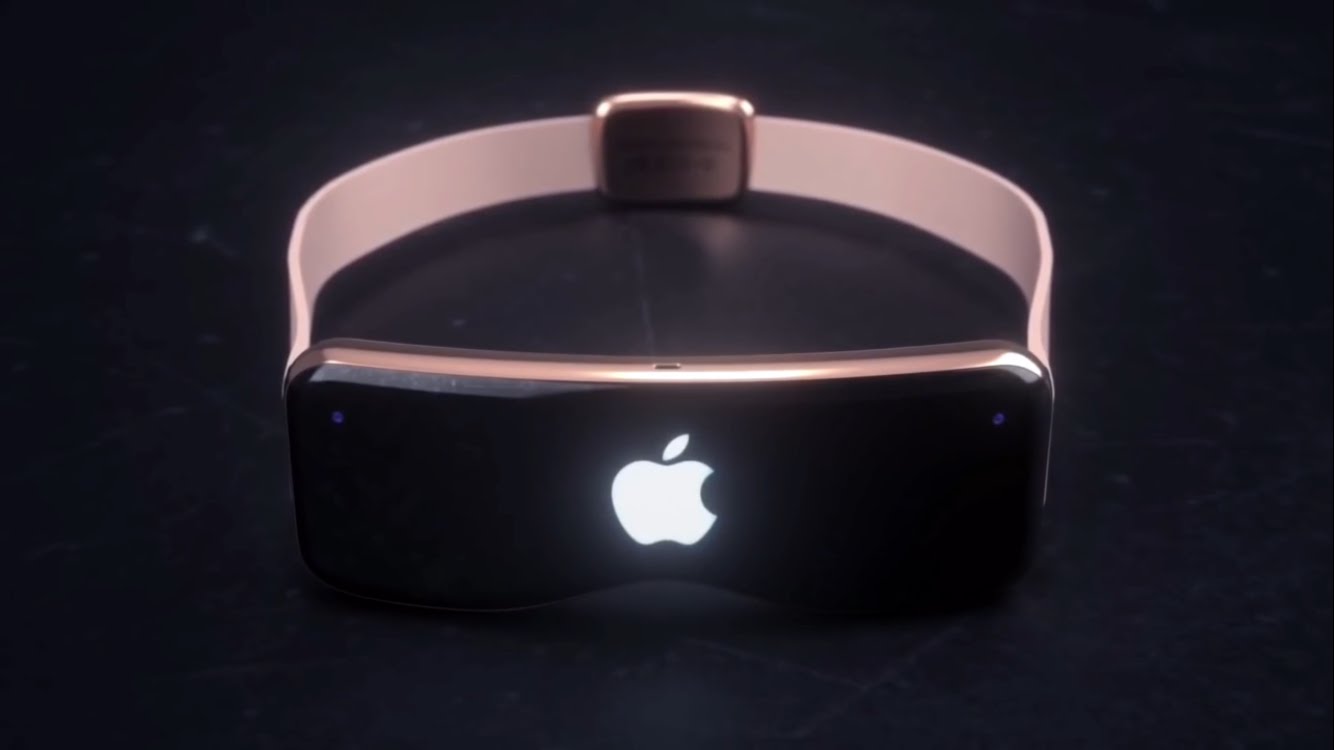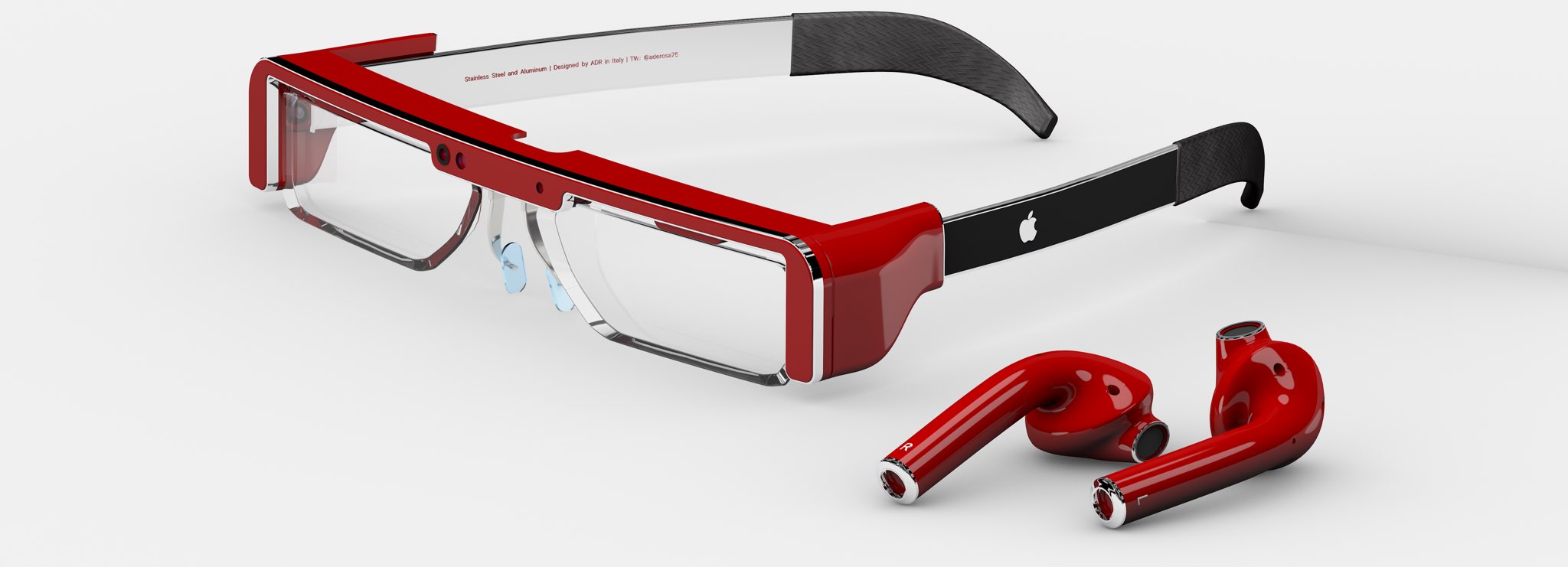
Contract manufacturer Foxconn has apparently moved semitransparent lenses for Apple’s upcoming augmented reality (AR) headset from the prototype phase to trial production.
Apple AR headset: one step closer to reality
According to a new report Friday by technology publciation The Information, the Cupertino tech giant is developing the semitransparent lenses on a single production line at a Foxconn factory in Chengdu in southwestern China, where most of Apple’s iPad production takes place.
Apple has multiple phases in the development of new products, starting with periods of prototyping in California and China, during which it makes dozens and hundreds of units, respectively, of the products and their parts.
As of May, the lenses had entered a stage known as engineering validation test, or EVT, during which Apple typically makes thousands of units, said the person familiar with the matter. During that period, Apple has locked down the design and begins testing its suitability for mass production.
The report added that Apple’s semitransparent lenses are slightly thicker than the regular lenses found in eyeglasses because they include multiple layers.
The person said making the AR lenses is especially challenging because they are composed of multiple, extremely thin layers of different synthetic materials, each of which is susceptible to bubbles, scratches and other marks. To reduce defects, the lenses must be manufactured in dust-free zones known as clean rooms. The lenses are slightly larger than those typically found in eyeglasses, the person added.
The lenses apparently bring stereoscopic images via polarization.
According to the paywalled report, though a key milestone this doesn’t mean that a fully-baked product is around the corner — the lenses are 1-2 years away from mass production.
Apple’s 2-device AR strategy
The Cupertino tech giant is believed to be working on two major AR products: a dedicated glasses for light applications like messaging and navigation, plus a more powerful headset for both augmented and virtual reality that can run games and various other apps.

The Information reported last November that an AR headset would arrive first in 2022, followed by the AR glasses accessory in 2023. According to Bloomberg’s Mark Gurman, it was former Apple design chief Jony Ive who urged the company to change course on AR/VR development.
Whereas the AR/VR team wanted CPU and GPU power the world hasn’t seen to date in a wearable product, which would require the product to connect wirelessly to a hub that would do all the heavy lifting, Ive thought that was a bad idea and pushed for a less powerful but fully portable accessory that could be used standalone.
Do you care about AR/VR?
Provided Apple creates compelling AR/VR accessories, is this something that you see yourself trying out, maybe even purchasing? What are your thoughts on the current state of AR/VR development (Facebook Oculus, HTC Vive, Google Glass and so forth)?
Let us know what you think in the comments down below.